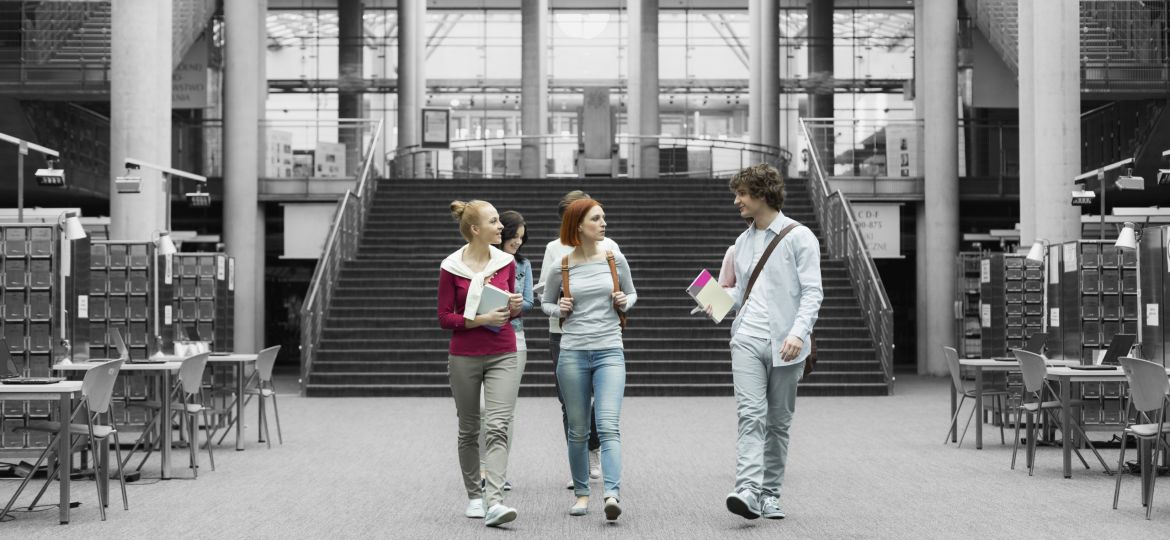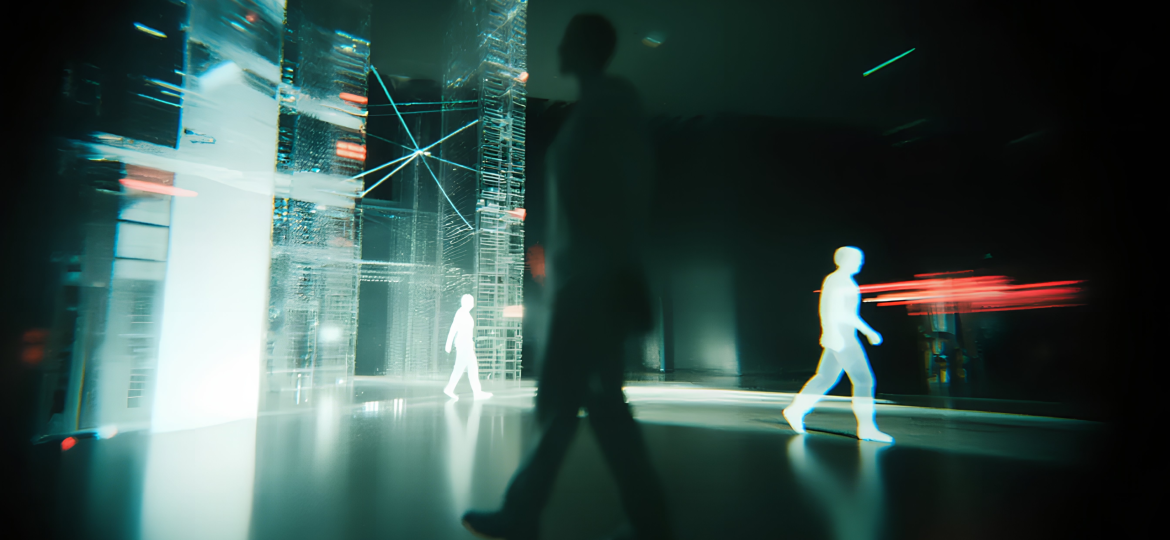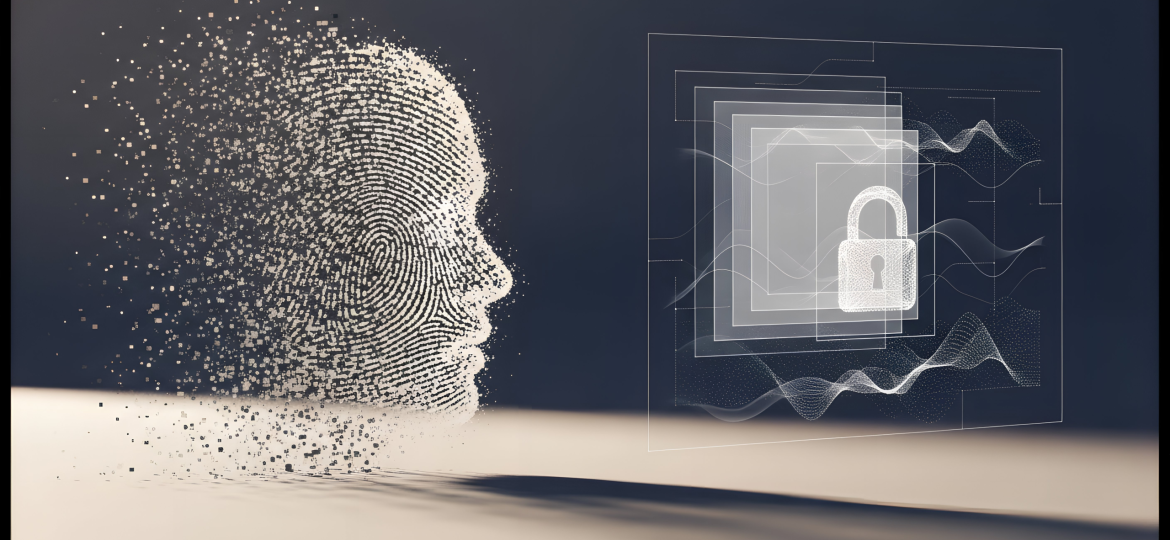In the world of building management, usage analytics, and space optimization, data is everything.
But as with every data driven topic, especially in the era of AI of accumulation of massive data-points, we always need to reflect on the main potential issue: is input data reliable and representative? In the case of building management, it starts from the question: How many people are in this space?
While all people counting sensor providers claim high accuracy, these claims are often based on limited testing in perfect conditions. At Terabee, our tech guys are mostly scientists related to CERN, and we believe in transparency and data-backed proof.
This is why our Terabee FLOW people counting sensor has undergone one of the most rigorous and comprehensive testing regimes in the industry. Where some might base claims on a handful of tests, we have compiled data from tens of thousands of real-world and controlled passages to validate our technology. This article lifts the curtain on our methodology and shares the results that prove the Terabee FLOW achieves above 98% accuracy in typical user conditions, while it’s 100% accurate in more controlled environments.
Defining Real-World Accuracy
Before diving into the results, it’s crucial to define what “accuracy” means. As the graphic below illustrates, accuracy is about getting the correct count, while precision is about getting the same result repeatedly.

The Terabee FLOW excels at both. However, real-world environments are not sterile laboratories. Our testing was designed to move beyond simple, controlled passages and reflect the complexities of real human behavior.
A Methodology Built on Rigor and Scale
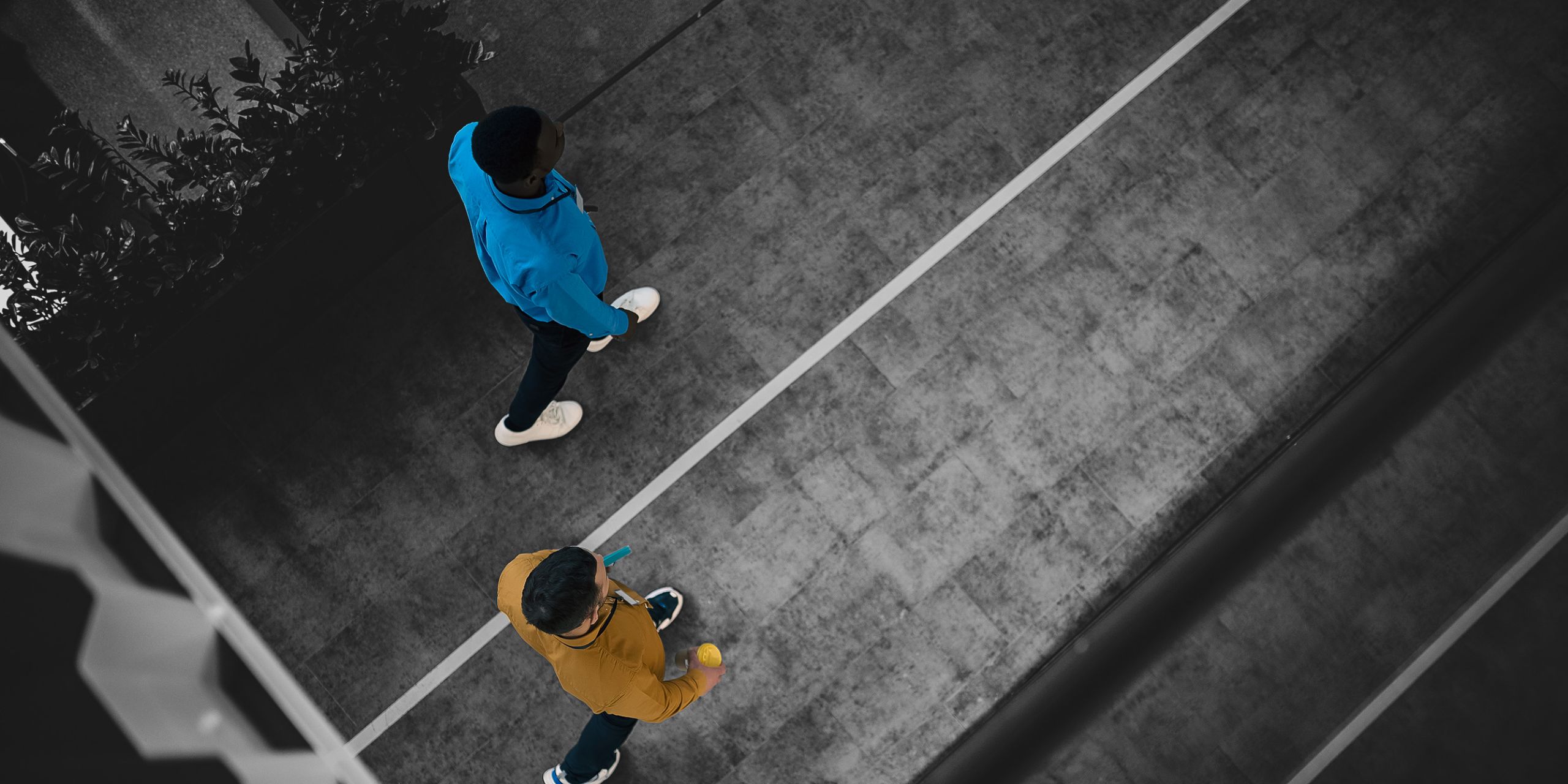
Our findings are based on a solid methodology involving thousands of tests with a significant number of data points. The testing framework was divided into several key areas:
1. Controlled Tests: A single person passing under the sensor to establish a baseline.
2. Semi-Controlled Scenarios: These tests were designed to mimic common, challenging situations, including:
- Two people walking very close together, side-by-side or one behind the other.
- Groups of 4-6 people moving randomly.
- People running under the sensor.
- Individuals carrying various tall objects, to test the system’s object rejection capabilities.
- Testing in low-light and dark conditions.
3. Real-World, Uncontrolled Environments: Long-term tests were conducted in active, customer-facing locations like supermarkets, corporate restaurants, and offices.
Across all scenarios, tests were performed at various mounting heights, from 2.40m to 4.00m.
Key Findings: Unwavering Performance
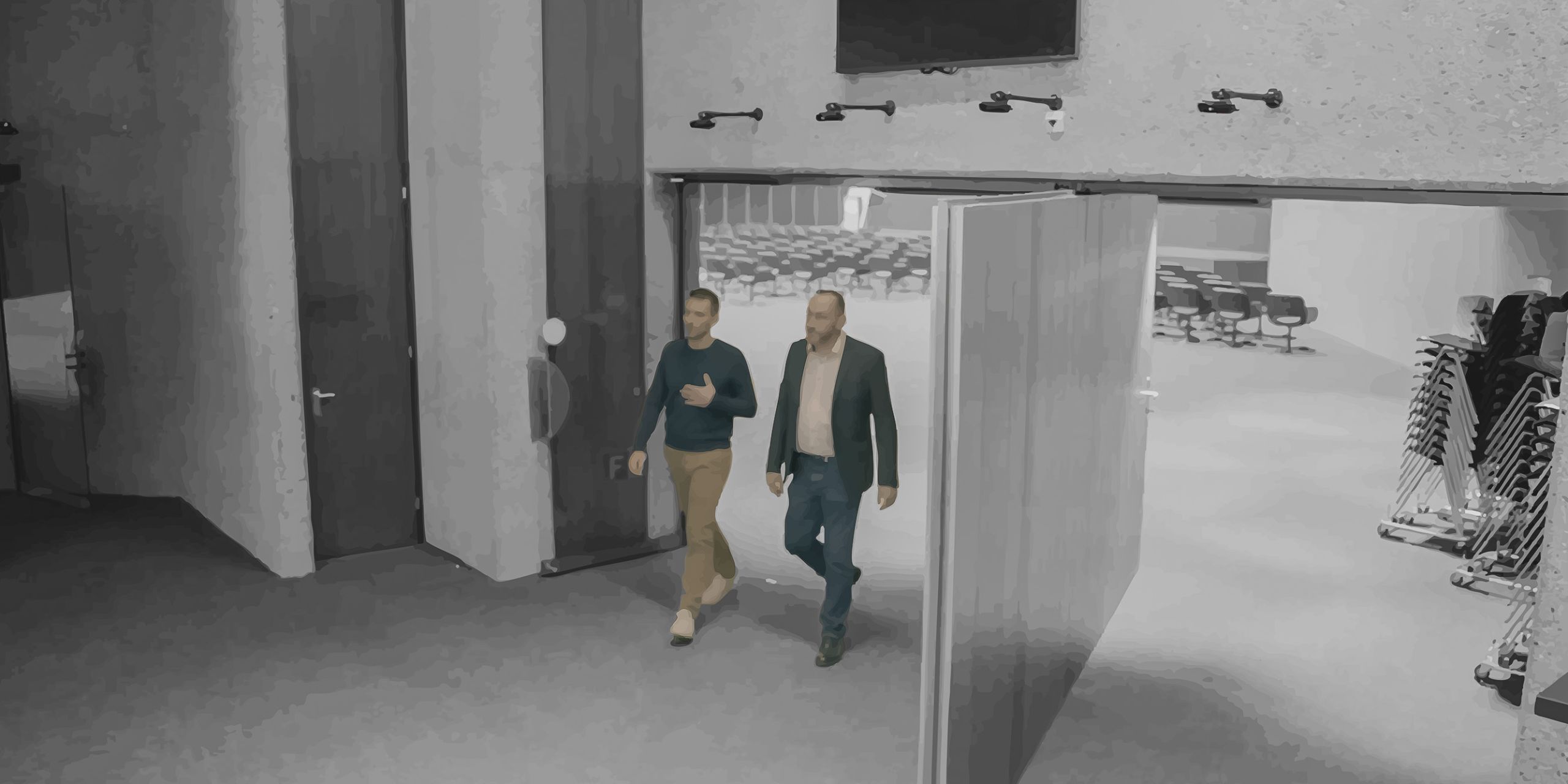
Single and Multi-Device Accuracy for Terabee FLOW
Whether for a standard doorway or a wide entrance requiring the linking of multiple devices, the Terabee FLOW delivers consistent results.
- Single Device Installation: In controlled tests with a single person, the FLOW sensor achieved 100% accuracy. In more complex, semi-controlled scenarios, the average accuracy remained above 99%. Specific challenging cases, like people passing while hugging or carrying human-shaped objects, saw a minimal accuracy degradation to 98.8% and 99% respectively.
- Multi-Device Installation for Wide Entrances: For very wide passages, multiple FLOW devices can be merged. Our tests, involving over 38,000 passages, confirm that the multi-device solution achieves the exact same level of accuracy as a single device, performing at 100% in controlled tests and over 99% in semi-controlled conditions.
Pushing the Limits: Transparency in Difficult Conditions
We deliberately tested the FLOW in known worst-case scenarios to understand its operational limits.
- Sunlight: As an infrared-based sensor, direct, strong sunlight can create noise and impact performance. Our tests show that with strong sunlight on a person’s head and shoulders, accuracy can degrade, particularly at higher installation heights (from over 90% at 2.4m to as low as 55% in extreme outdoor cases at 4.0m). We always recommend installing the device in order to avoid such direct sunlight exposure.
- Reflective Materials: Certain materials can also affect performance.
- Standard wood and transparent glass doors have no impact on accuracy.
- Metal elevator doors can have a slight influence, with accuracy remaining above 96%.
- Highly reflective surfaces like smoked glass doors or high-visibility safety jackets can degrade accuracy to around 78% and 72% respectively.
Validation in the Real World: Uncontrolled Case Studies
The ultimate test of any people counter is its performance in live, unpredictable environments. We deployed the FLOW in three distinct real-world settings with tens of thousands of recorded passages and a system to record the real ground truth.
- Standard Office: This environment, with a mix of meeting rooms, corridors, and open spaces, recorded an outstanding 99.1% average accuracy.
- Company Restaurant: A high-traffic area with up to 2,500 people per day, many carrying lunch trays. The FLOW’s advanced object rejection correctly identified the trays, achieving a 98.22% accuracy rate.
- Supermarket: Considered the most challenging environment due to shopping carts, children, and direct sunlight at entrances, the FLOW achieved an average accuracy of 93-94%. At lower installation heights (2.4m), sheltered from the worst of the sun, accuracy was 95%. This demonstrates robust performance even in the wildest, least controlled settings.
The Verdict: Accuracy You Can Trust
The Terabee FLOW‘s performance is not a mere marketing claim; it is a statement of fact backed by exhaustive and transparent testing developed and conducted by scientists. With an average accuracy of above 98% in recommended installation settings, and proven resilience in even the most challenging real-world deployments, the Terabee FLOW people counting provides reliable, actionable data you can use to make critical business decisions.
If you would like to learn more about our testing, please get in touch with our team and we will be happy to show you more detailed test results.
The Author: Dr. Max Ruffo is a visionary technology leader with over two decades of experience at the forefront of industrial innovation, having pioneered the introduction of 3D printing, civil drones, autonomous mobile robots and LiDAR sensors. Today, Max is dedicated to a long-term mission of building a better world by championing green buildings and net-zero communities.

